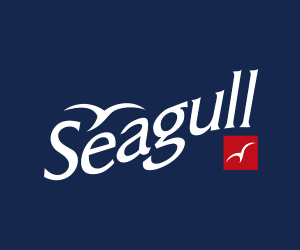EasyJet aircraft took to the skies for the first time since March 30 on Monday, as the British carrier resumed a small number of mainly domestic flights after weeks of lockdown.
Passengers, who under easyJet’s new rules must wear face masks, boarded the airline’s first flight from London’s Gatwick airport to Glasgow for an 0600 GMT departure.
Chief Executive Johan Lundgren said the airline was “super excited” to restart flights.
He said measures to protect passengers had been agreed with regulators. “It’s absolutely safe to fly,” he added.
The airline is starting with a minimal service, flying mainly routes within Britain to cities including Edinburgh and Belfast. It is also resuming some domestic and international routes from France, Switzerland, Italy and Portugal.
While borders across Europe are being opened, a hoped-for travel recovery in easyJet’s home market of Britain has been put at risk by a 14-day quarantine rule for arrivals.
EasyJet, alongside rivals British Airways and Ryanair, started legal action on Friday against the quarantine policy to try to have it overturned.
Lundgren said Britain introduced quarantine as the rest of Europe was removing restrictions.
“We don’t see that it makes any sense from a public health point of view,” he told Reuters, adding that it was having a “very dampening effect” on new bookings into the UK.
The airline is planning to ramp up services as the summer progresses and by August has said it will be flying about three-quarters of routes but at a much lower frequency than last year.
Capacity will be at about 30% of usual in the busy July to September season, easyJet said. Bigger rival Ryanair plans to be flying 40% of capacity by July.
Lundgren said there was scope to increase both the number of destinations and flight frequencies as the summer progressed, but whether the quarantine remained in place would be a factor.
“Aviation is facing its worse crisis ever,” he said, adding that the airline estimated 2019 levels of demand would not return until 2023.
EasyJet said in May it was planning to cut 4,500 jobs, or 30% of its workforce.
(Reuters)






















































